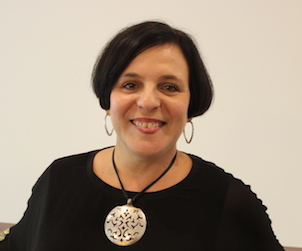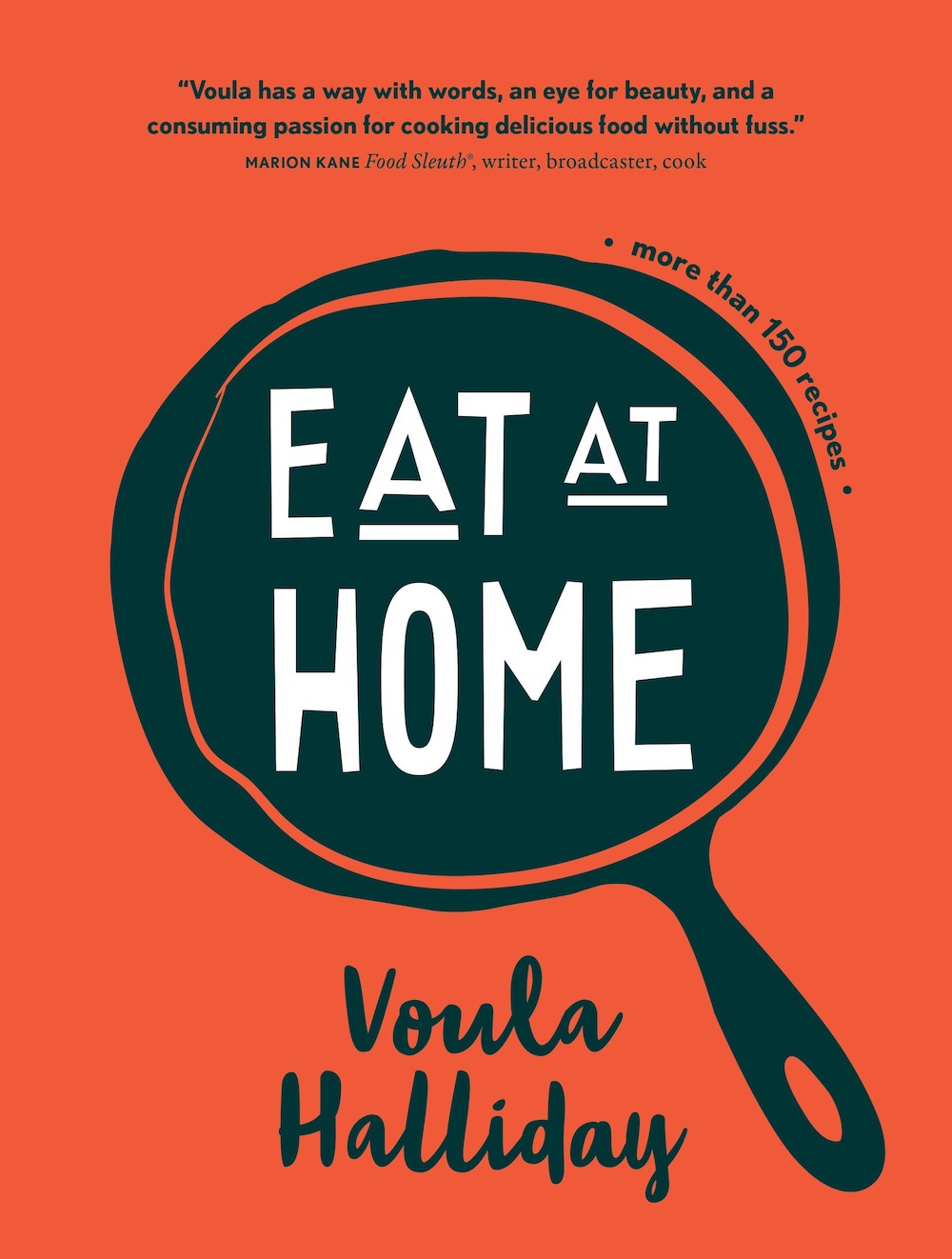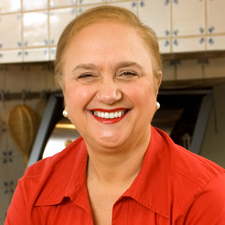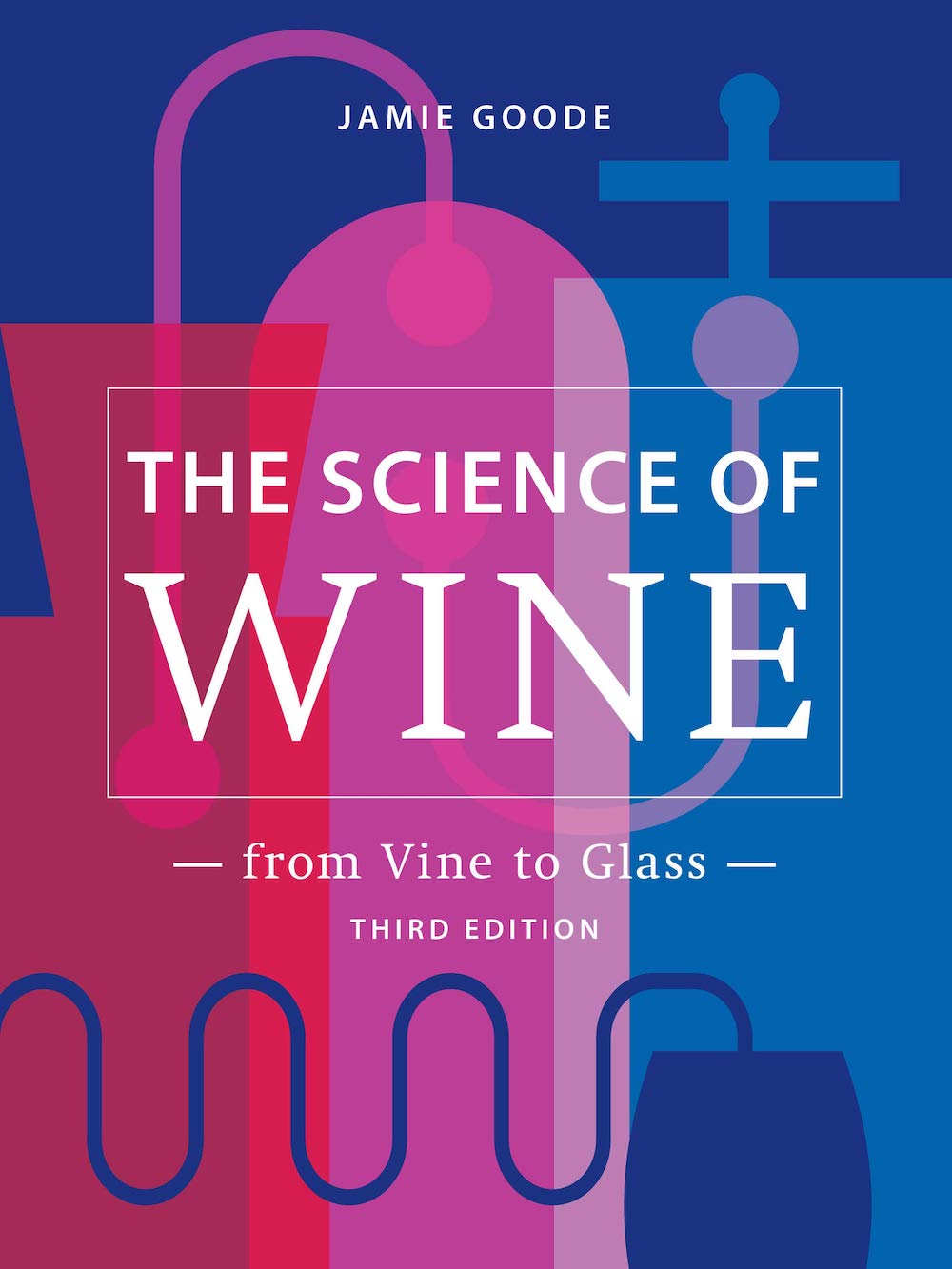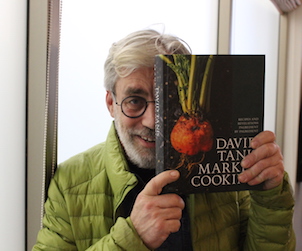Malcolm Jolley talks to Voula Halliday about her new cookbook, Eat at Home.
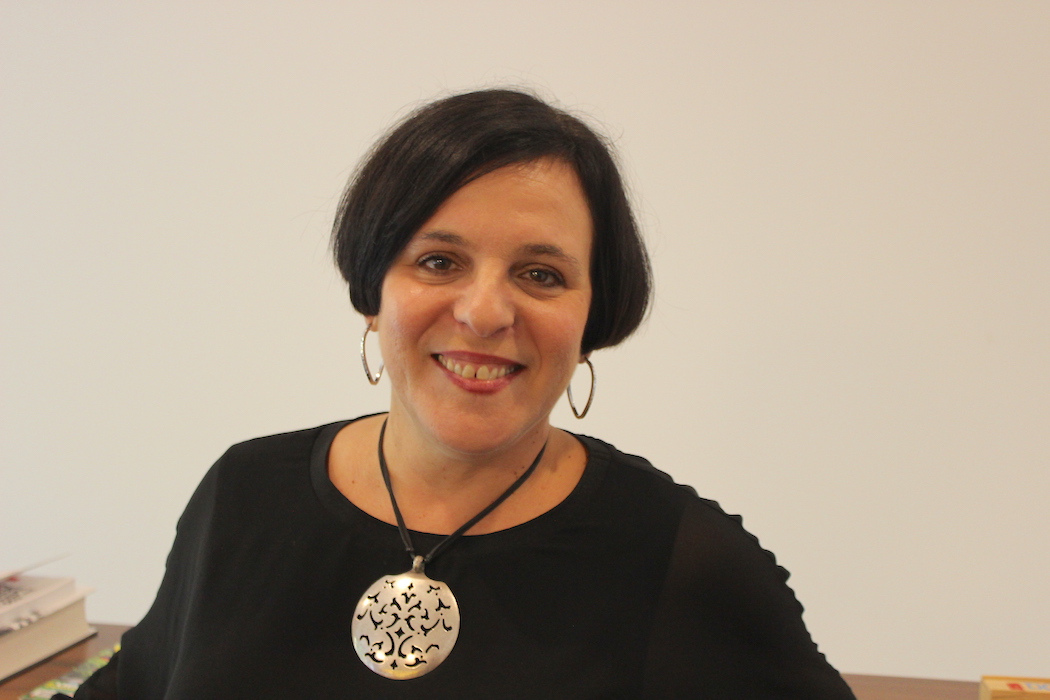
Voula Halliday became a nationally recognized chef from her appearances on CBC TV’s Steven and Chris talk show. Since the show stopped, after the sudden death of co-host Chris Hyndman, Halliday refocused her efforts to get Canadians to eat better and enjoy themselves in their kitchen with a website project called Eat at Home. Halliday turned Eat at Home into a successful Kickstarter campaign to publish a cookbook by the same name and Eat at Home the cookbook is hot off the press. It’s a beautiful book, printed in Canada on heavy stock and features colour photography for the more than 150 recipes Halliday developed and tested. It’s a comprehensive reference for the modern home cook, whether a novice or an old hand looking for some new ideas and approaches to getting dinner on the table.
I’ve known Halliday since she was involved in the very first Terroir Symposium in 2007, and from the Slow Food movement with which she’s been involved over the years, so it was pleasure to catch-up with her and find out the story behind Eat at Home.
This interview has been edited for clarity, length and style.
Good Food Revolution: Tell me about this book, Eat at Home, how it came to be.
Voula Halliday: I got the idea for it through a combination of things including the work that I did at a Toronto public school, working as the chef in a nutrition program. I got to learn a lot from the kids. I came to them with a lot, which was as much seasonal food as possible, as much local food as possible, and a really great relationship with Food Share, introducing them to new products and meeting the farmers that grew their food. But what I learned was that even though I had worked for years in recipe development for magazines, and I thought I understood how Canadians ate, the children taught me that I didn’t. I made assumptions like everybody knew what a raw pepper was. I had a raw pepper chopped up on the food bar and I had kids that would look at it and say, ‘I don’t know what that is and I don’t know how to eat it.’
Good Food Revolution: So, what was your approach?
Voula Halliday: We did home cooked meals. Every Friday we would do a ‘Sunday Night Dinner’ like roast chicken, roast vegetables, a salad, and a nice little something for dessert. I wanted to send them off into the weekend with something really hardy. But even though I really wanted to connect with the kids, and build community, there was still a lot I didn’t understand about how people were eating at home, and I came out of that program knowing that I wanted to do more about home cooking and I decided I was going to write a cookbook. I remember I was walking home with one of my colleagues and I remember saying to her, you know I’m going to do this, and I am going to call my book something really simple like Eat at Home.
Good Food Revolution: But you were also doing some work on TV?
Voula Halliday: I started working with Steven and Chris, and was going into my fifth season with them. One of the things they really loved, which I was also teaching my school community as well, was my spice blends, my ‘Flavour Fixes’, which take up a whole section at the beginning of the book. And they also really liked my ‘Lovable Leftovers’, where you cook it once and make three meals out of it. I love teaching people to cook that way, to not be afraid of the things in the fridge that were made the day before.
Good Food Revolution: That’s the best, right? Because you’re halfway there.
Voula Halliday: The best! You can get up in the morning and you don’t have to think about what you’re going to have to cook when you get home. If you plan for it, you can create patterns of behaviour by creating what I call ‘efficiencies’. I love creating efficiencies in my recipe development work. Flavour Fixes are a great example of an efficiency my readers really, really like. You make a small amount of one of the spice mixes, it sits on your counter and it’s ready to be used with roast chicken, tofu, vegetables – it doesn’t matter, ready to make dinner.
Good Food Revolution: What’s an example of a Flavour Fix?
Voula Halliday: [Reaches for a copy of Eat at Home.] Here’s one that even surprises me, it’s so good. I have been using it for years. It’s my Tangy Lime, Soy and Ginger Marinade. Super easy ingredients: pantry stuff. It delivers awesome, awesome flavour for all sorts of things. About two weeks ago I bought this lovely flank steak to do a stir fry. I’d never tried the marinade in a stir fry before and it turned out amazing. You make a batch of this and it sits in your fridge. It can be tossed into a broth to make a soup. It can marinade your tofu, your chicken, your fish, anything. You can even roast potatoes with it. It’s just so easy.
Then, there are the dry spice rubs. There are classic ones, like my S&C Seasoning , for ‘Steven and Chris’, my Indian, the All Purpose blend, which is super easy. That one sits on my counter and we use it for everything. So, if you come home and you have leftover blanched broccoli or roast potatoes in your fridge, something to make a salad with and a chicken breast, or a chunk of tofu, you are seasoning that and dinner is done. I love that.
Good Food Revolution: It gives the leftovers new life.
Voula Halliday: It gives new life and freshens things up. I also teach people to use the flavour fixes in soups. Say you have a whack of roasted vegetables leftover from a Sunday dinner. You can buy yourself a lovely can of tomato passata, or crushed tomatoes, let it all cook for a while and then blend it all up and you have a soup. Or, you can add a Flavour Fix, like the Jamaican one and your soup becomes a spicy jerk soup. It’s so easy. Throughout the book, I keep it easy: really clear, really concise, and really usable.
Good Food Revolution: Who do you write for? Do you imagine someone reading your book?
Voula Halliday: Absolutely. I think cookbook writers should write for someone specifically, because there’s accountability. I try really, really hard to be accountable to my readers and make sure that I am giving them accurate information, and they’re not going to waste ingredients and their time.
Good Food Revolution: Well, you were presenting recipes on television. Presumably, if you gave the audience bad advice, you’d hear about it.
Voula Halliday: Yes! [Former Food Editor of Chatelaine magazine] Monda Rosenberg is my guru. She is the goddess who trained me and she really taught me and my colleagues who worked with her how to think about recipe development and how to think about the people in the kitchen using the recipe. So I when I write I think about someone like me, who has a job and has a partner or a family, maybe two kids, or just one like me, but who wants to get a lot done, who has a positive energy in their life, who think of the cup as half full. So it doesn’t matter what your situation is, it’s that your trying to do stuff: to nourish and bring joy to your life, to bring joy to your family, to being joy to your table. I believe that deep down in our hearts we all want to be nourished. We all want to eat well, and we all want to eat food that is going to work for us, help us function and not make us feel like crap.
Good Food Revolution: I should hope so!
Voula Halliday: I am thinking in terms of accessibility, I’m not thinking in terms of defining foods as good or bad; I don’t believe in that. I believe more in nourishment. So, what’s going to nourish you, and what’s going to be a treat? And I have no problem with treats. The book is really just for the person who wants to make home cooking work for them. So, I wrote Eat at Home for the person who’s tired of getting take-away all the time. Or, I’m providing recipes for the person who’s going off to university and doesn’t have a ton of money to spend on food. I feel like the book reaches many of us on many different levels and, like I said, it just comes down to nourishment and joy.
Good Food Revolution: I also think that sometimes I just need a reset. I’ll get busy and things kind of fall apart.
Voula Halliday: You got it. A reset was necessary for us as well. We were super, super busy and losing control of what we were eating. The other thing is the fridge: when you lose control of what is going with your fridge. That’s basic economics too. You think, I am throwing out a ton of stuff from he fridge that when I first got it was really tasty, but now I’ve left it and it’s unappetizing, and I’m feeling guilty, which is making me feel worse about my life and my sense of balance and control… I want to give all that back to people, so I include tips on how to use leftover fried rice from your Chinese takeaway and create a new, fresh, vibrant recipe.
Good Food Revolution: Because there is always a styrofoam container of leftover rice! [Laughs.]
Voula Halliday: Always! And it feels bad to throw it out, right?
Good Food Revolution: We’ve been talking about some of the efficiencies that you explain in Eat at Home, but the book itself is designed to be efficiency. It’s really engineered to be easy to use, right?
Voula Halliday: Very much so. There’s a system in place with symbols for each recipe: hearts are Lovable Leftovers. So wherever you see a heart in the book, it means that there is a mother recipe somewhere so that the leftover beef, or chicken, or vegetables can be used. So, if you’re the kind of cook that wants to do what I do, at the beginning of the week I might roast a chicken, on Sunday night I’ll throw in the whole chicken and I’ll throw in two extra breasts and two extra thighs so that on Monday morning there is chicken in the fridge to be used for sandwiches, salads, or risotto. I love risotto: we’ve got the bones to make a broth, we’ve got the leftover meat and we don’t need a lot, and then we can add some bacon so it becomes sort of a club sandwich thing because we’ll put in some tomatoes. It’s tasty, and I serve it to guests. That’s the other thing: I can invite people over during the week and not worry about it. If I need to catch-up with a family member or a friend, I don’t have to plan a whole lot of insanity because my fridge is loaded with food for Lovable Leftovers.
Another thing in Eat at Home is at the beginning of the book where I go through pantry items. I give a lot of suggestions for substitutions. I create recipes so that if you don’t have one ingredient, you can substitute with another and it will work out – you can swap things out. Here’s a great example: if someone has a dairy allergy, all of the recipes that have dairy in them have been tested with an alternative milk. It might not be same as with dairy, but it’s not supposed to be and it will be great because I have tested it. And there’s lots of alternatives for vegans and vegetarians, and even some things you can do with your slow cooker or pressure cooker. I also offer alternatives for people who don’t want to eat a lot of carbs. I don’t bill myself as a flexitarian but the book is definitely flexitarian.
Another trick I put in the book are these boxes everywhere that tell you what you can do with things like extra salad dressing. I never use half a can of anything, so you’ll never have half a can of chickpeas sitting in your fridge.

